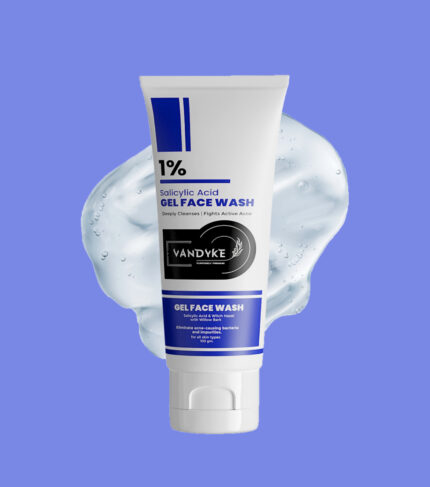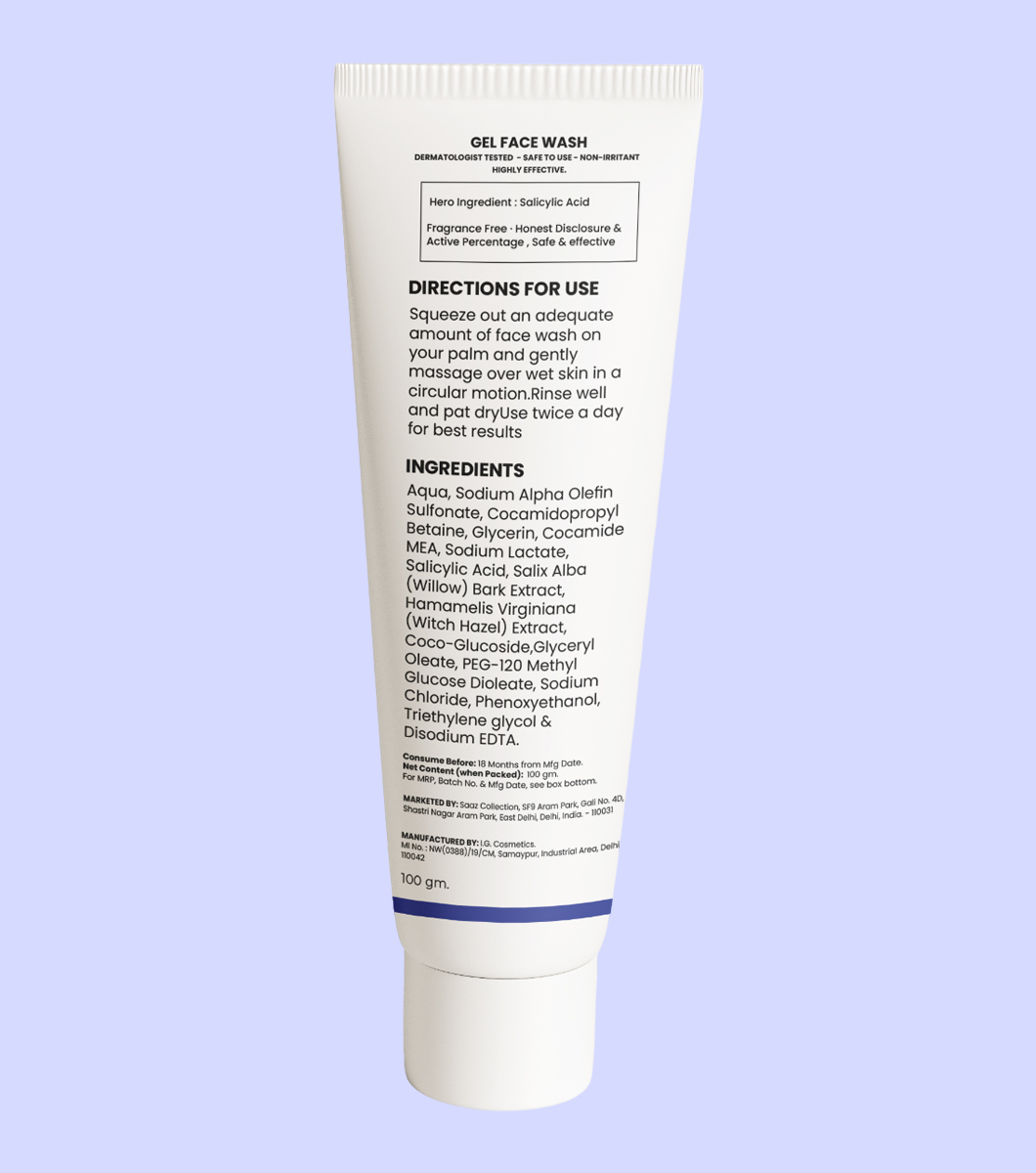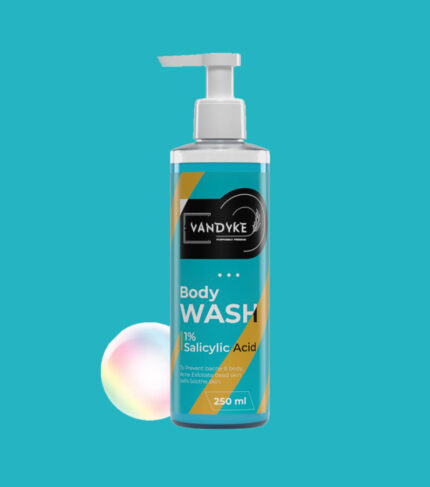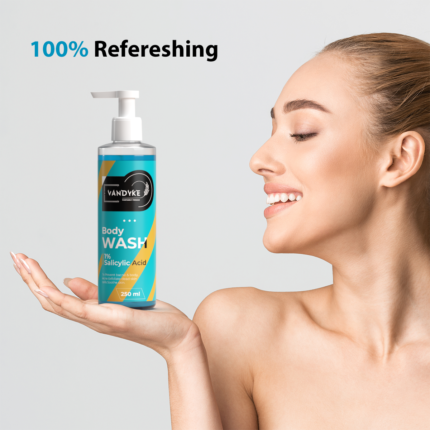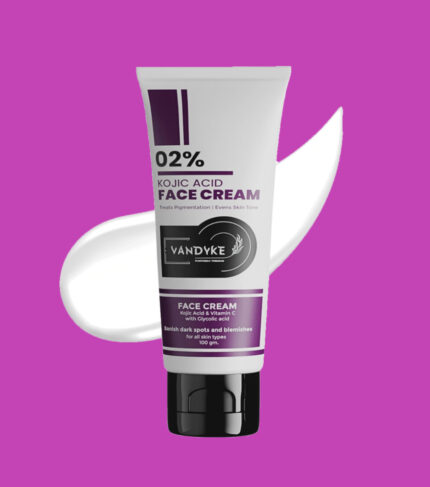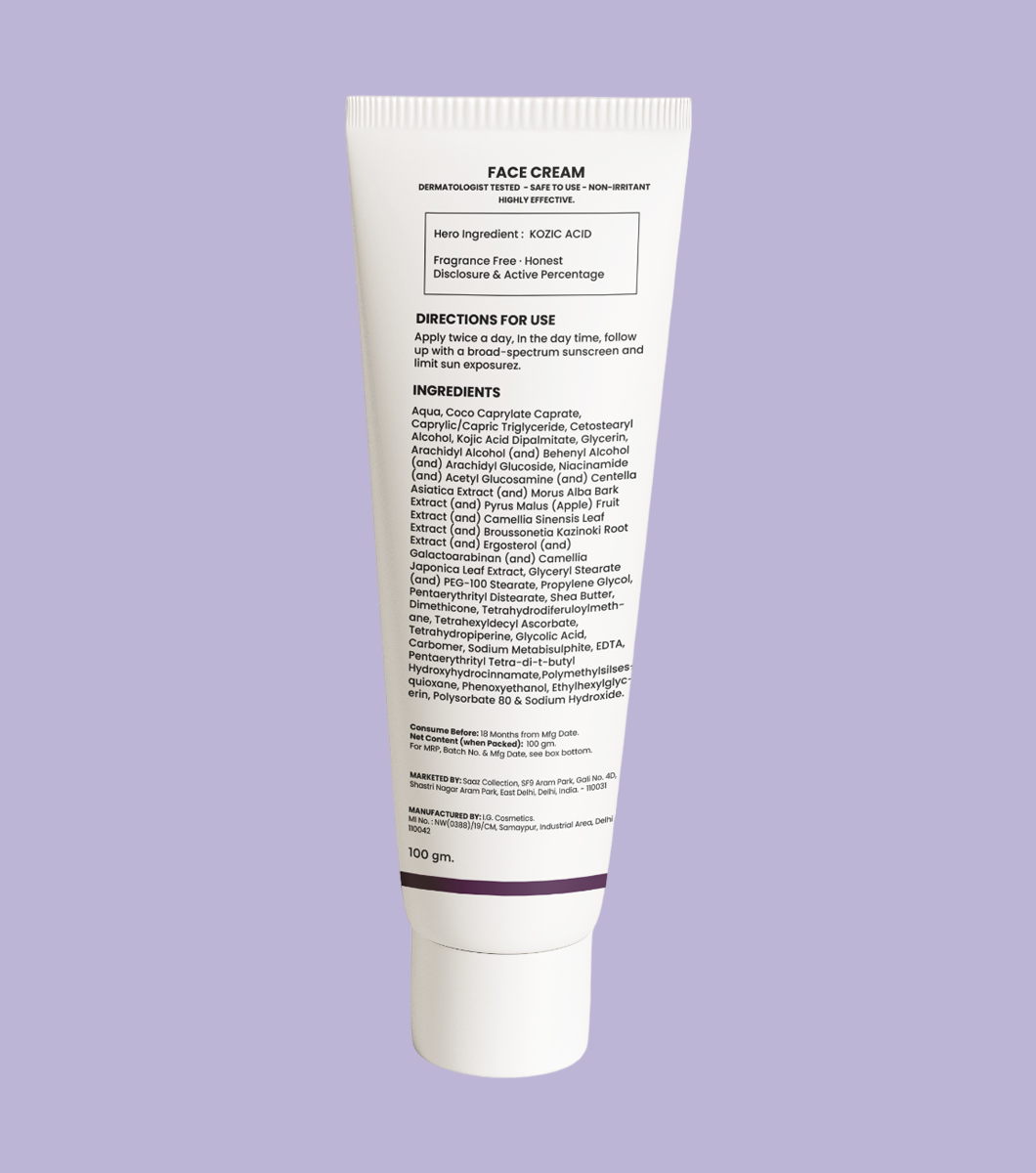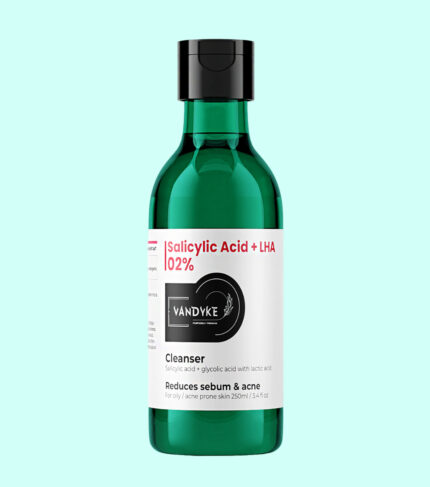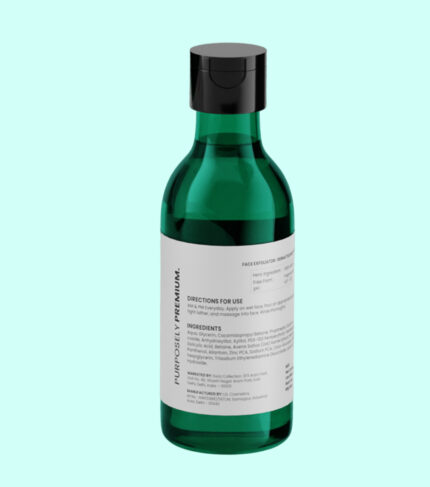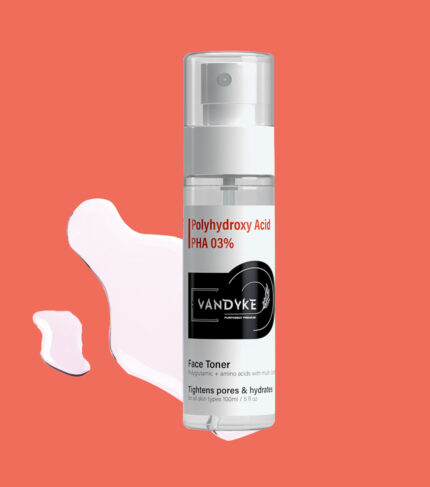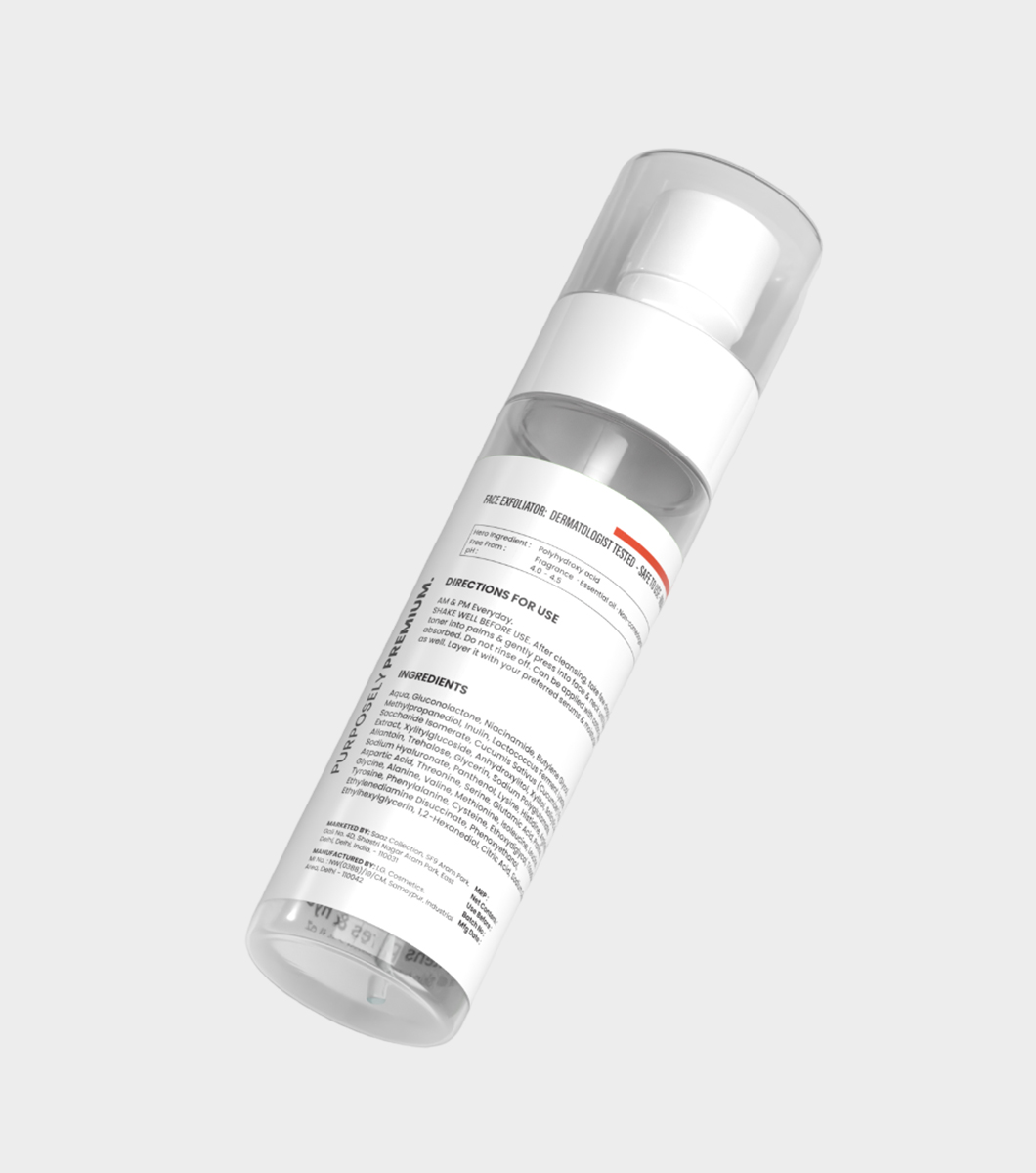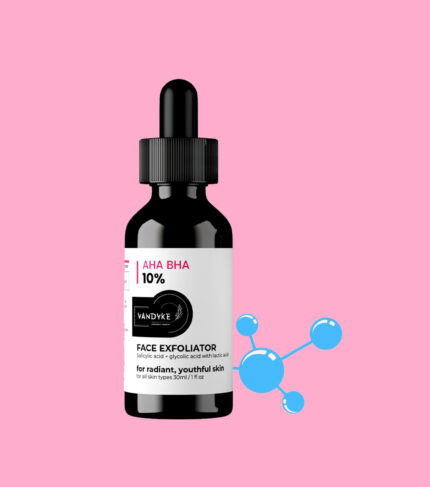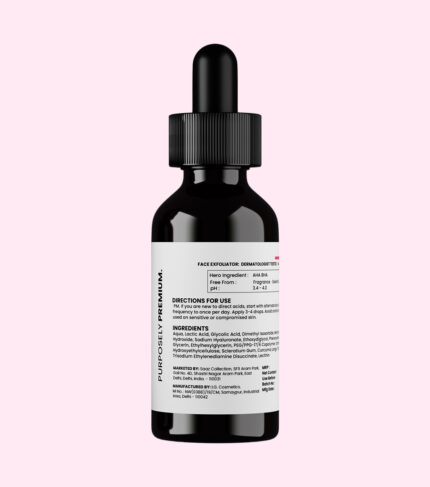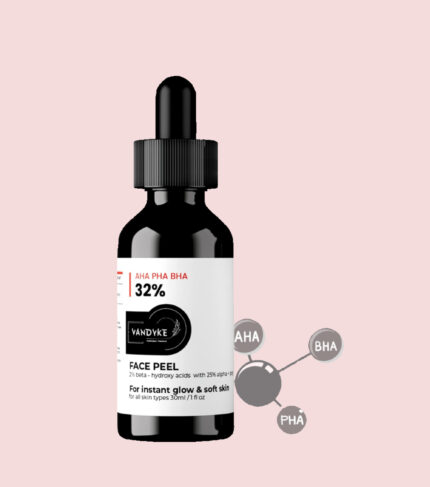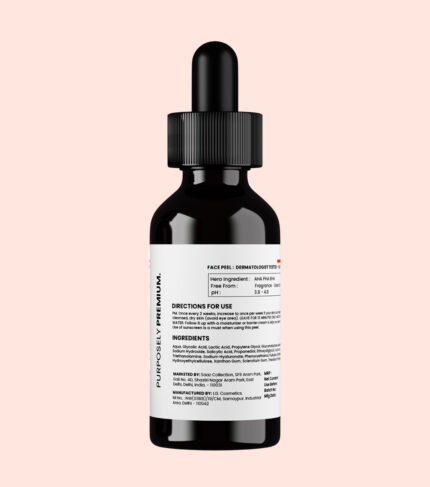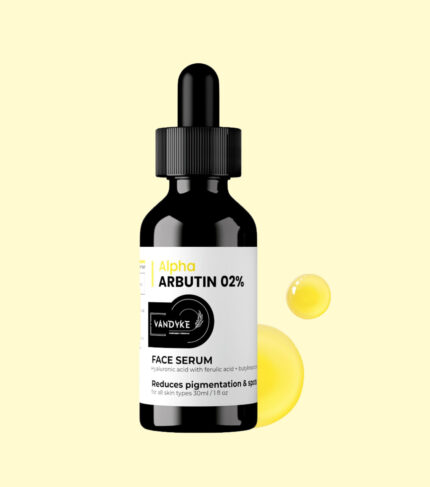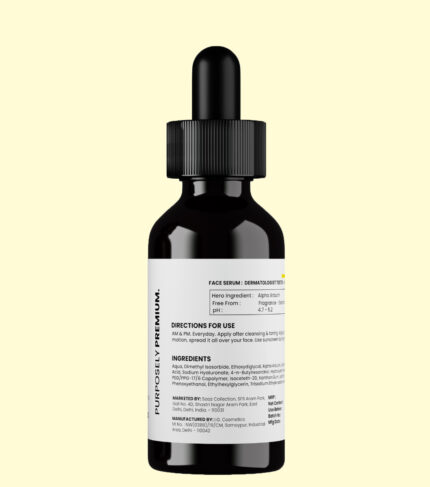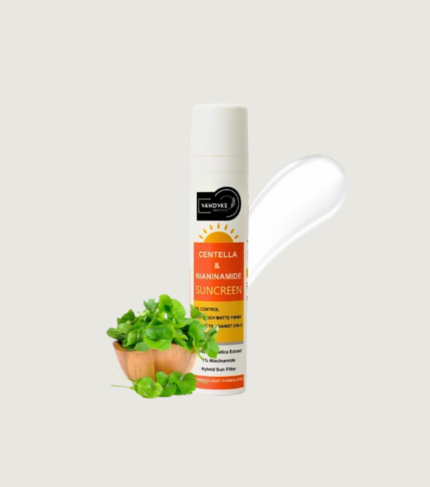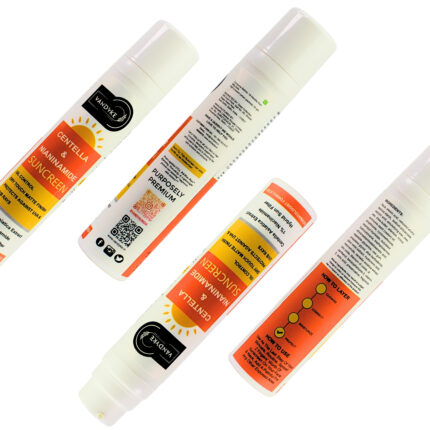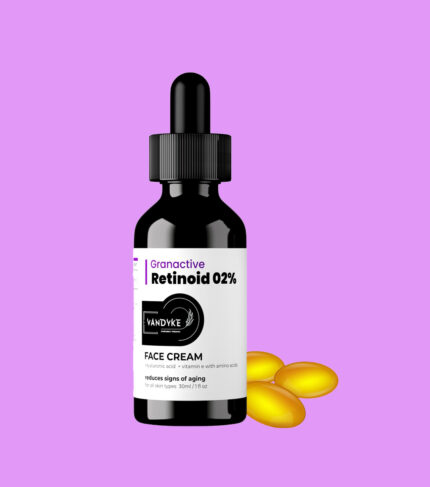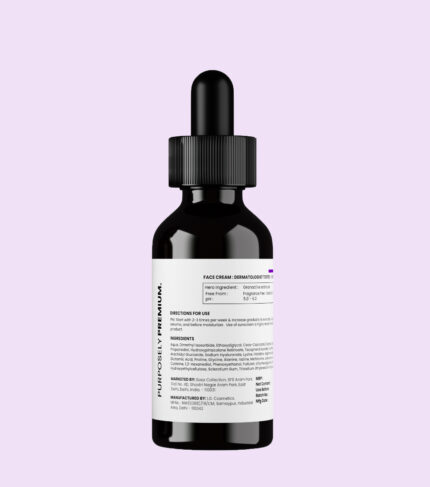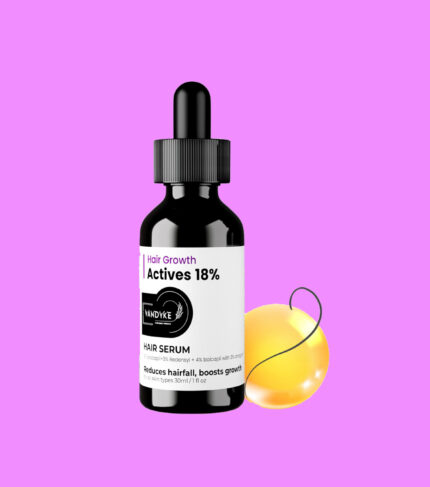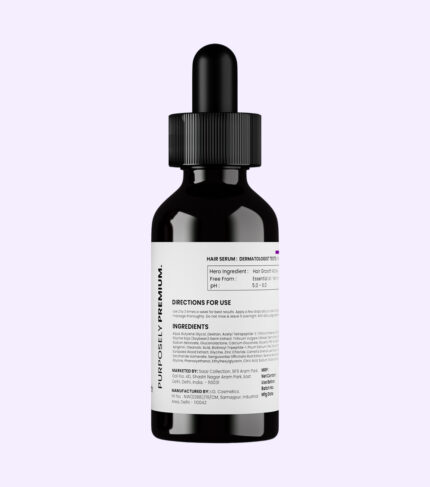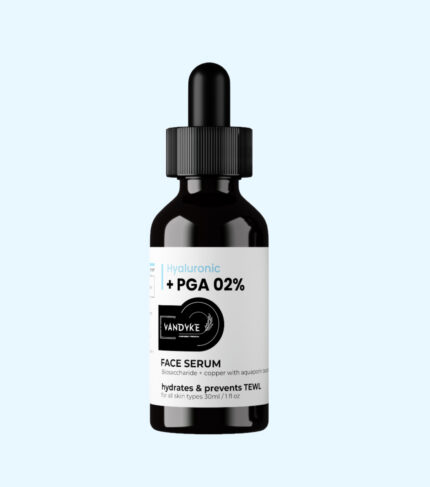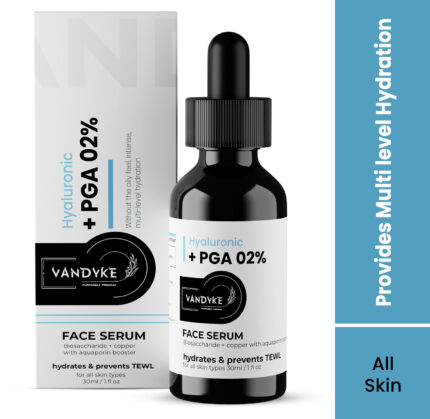Can We Use Lactic Acid and AHA Together
When beginning a skin care regimen, the question “Is using lactic acid and AHA together a good option for the skin?” naturally arises. This investigation displays the compatibility of lactic acid and alpha hydroxy acids (AHAs), revealing the secrets of effective skin care. Learn about the possible advantages and suggestions for a renewed and glowing complexion when you skillfully combine these ingredients into your skin care regimen.
This article discusses lactic acid and AHAs in great detail, so if you have any questions about this topic, this is the perfect place to start. You must, however, remember to read it completely focused while doing so. Because a great deal of research had been done before writing it and providing you with an in-depth explanation, and a great deal of useful information was gathered. Therefore, in order to answer your question, please read every word of this article, So let’s get started.
Can i Use Lactic Acid and AHA Together
If you want to incorporate lactic acid and AHA together into your skin care routine, you should use lactic acid and AHAs sparingly and with caution. Exfoliants like AHAs and lactic acid are essential for improving skin, but if you use them all together, it may irritate your skin. Therefore, the best option for using them is to start on different days or alternate days between them.
For instance, you may apply an AHA toner at night and lactic acid in the morning. Once applied, you will need to monitor how your skin conducts itself; it would be best to adjust your skin care regimen according to your needs. Should you subsequently come across signs of skin sensitivity, like flaking, itching, or redness, stop using the product and see a dermatologist.
What are lactic acid and ahas for face?
Chemical exfoliants like lactic acid and alpha hydroxy acid (AHA) are used to clear the skin of dead cells and promote cell turnover. An AHA that can be found in milk is known as lactic acid. It has the benefit of being simple to eliminate from the skin because it functions by weakening the bonds that bind the skin cells together. Lactic acid serum, on the other hand, is a great option for sensitive skin because it is a more mild exfoliant than other AHAs like glycolic acid.
AHAs are a type of water-soluble acid derived from fruit and milk sugars. In addition to lactic acid, other common AHAs include glycolic acid, citric acid, and mandelic acid. It is obtained from citrus fruits and sugarcane. AHAs work by breaking the bonds that hold dead skin cells together and hence they can easily be removed from the skin.
They are also used to stimulate collagen production, which helps reduce fine lines and wrinkles on the face. Both of these acids are effective exfoliants, which help in improving the texture, tone and appearance of the skin by increasing cell turnover.
Lactic acid and aha together benefits
Here you have been told in detail about the benefits of AHA and lactic acid together, so read with full focus.
- Advanced Exfoliation
Lactic acid works synergistically with other AHAs to remove dead skin cells, revealing a brighter, smoother complexion.
- Increases Skin Turnover
Together, these ingredients accelerate skin cell turnover, promoting a more youthful appearance.
- Improved Hydration
Lactic acid helps attract and retain moisture, counteracting potential dryness caused by other AHAs.
- Promotes collagen production
Some AHAs like glycolic acid stimulate collagen production, combining with lactic acid to improve skin elasticity and firmness.
- Customizable Routine
You can adjust the concentration and frequency of each ingredient based on your skin’s needs and tolerance.
Comparing Lactic Acid with Other AHAs
Here’s a comparison of lactic acid with some other commonly used AHAs
Glycolic Acid: Other skin care products frequently have this AHA. Because of its smaller molecular size, it can penetrate the skin more slowly than lactic acid. This improves the body’s ability to exfoliate with mustard, but it also raises the risk of causing more irritation to skin that is already sensitive.
Mandelic acid: The source of this acid is believed to be almonds. It penetrates the skin more slowly than lactic acid and glycolic because its molecular size is larger than those of both these acids. Mandelic acid’s antibacterial properties make it a good choice for people with acne-prone skin.
Lactic acid and aha together for oily skin
It has been displayed that the AHA lactic acid can be helpful for oily skin. AHAs such as lactic acid exfoliate the skin, remove excess oil, unclog pores, and improve the skin’s overall texture. Furthermore, these acids can help prevent an accumulation of dead skin cells, which worsen oiliness, by promoting cell turnover.
Lactic acid and aha together for acne
AHAs, including lactic acid, may be helpful in managing acne-prone skin. They exfoliate the skin, prevent the formation of comedones (clogged pores) and promote skin cell turnover. This may reduce the chances of clogged pores and formation of acne lesions. However, it is important to note that other agents, such as salicylic acid and benzoyl peroxide, are also commonly used in the treatment of acne.
Lactic acid and aha together before and after
Generally, it is recommended to use AHAs in the evening due to increased sensitivity to the sun. You can use them before applying other skin care products, like 10% Vitamin B5 Moisturizer or Serum, and then apply SPF 50 sunscreen in the morning.
Why should I choose Vandyke Aha Pha Bha 32%
Regardless of your skin type, the potent combination of 25% AHA, 5% AHA, and 2% BHA in Vandyke AHA BHA AHA 32% Peeling Solution offers deep level exfoliation to brighten skin. since it can be applied to any kind of skin. This peeling solution, which contains 25% AHA, 5% AHA, and 2% BHA, is the ideal ratio of acids to help exfoliate dead skin cells, clear clogged pores, and give you radiant, glowing skin. It combines AHA BHA AHA 32% with all the glycolic, lactic, mandelic, and salicylic acids to provide radiant skin.
Conclusion
Using lactic acid and AHAs (which also contain lactic acid) together may be effective for skin renewal. However, the combination of lactic acid and BHA (salicylic acid) may be more beneficial to address various skin concerns. While lactic acid can contribute to brightening the skin, it is important to consistently prioritize sun protection for optimal results in achieving a more even skin tone. Always start with a low concentration and patch-test to avoid potential irritation.
FAQs About lactic acid and AHA
Can I use lactic acid and AHA together in my skin care routine?
Yes you can. Lactic acid is actually a type of AHA, so using them together is essentially using two AHAs. However, it is important to be cautious about potential skin sensitivity and start with a lower concentration.
What are the benefits of using lactic acid and AHA together?
The combination of lactic acid and other AHAs can enhance exfoliation, promote smoother skin texture, reduce hyperpigmentation and address the signs of aging. It is important to use these consistently and follow a proper skin care routine.
Can I use lactic acid and BHA (salicylic acid) together?
While this is possible, the combination of lactic acid and BHA may provide more comprehensive benefits, addressing both superficial and deep skin problems. Start with a lower concentration, especially if you have sensitive skin, and keep an eye on any signs of irritation.
Can lactic acid help in skin whitening?
Yes, lactic acid can contribute to glowing skin. It exfoliates the skin, promoting shedding of dull and pigmented cells. However, consistent use of sunscreen is important to prevent further hyperpigmentation and maintain results.
How often should I use lactic acid and AHAs in my skin care routine?
The frequency depends on your skin’s tolerance. Start with using it 1-2 times a week and gradually increase it on your skin. Pay attention to any signs of irritation and adjust accordingly. Always follow product directions and use sunscreen during the day.
Can I use lactic acid and AHA if I have sensitive skin?
Individuals with sensitive skin should be careful. Start with a low concentration and patch-test to gauge tolerance. Consider gradually adding these acids to your daily routine and consult a dermatologist if necessary.


